Table of Contents
Introduction
In 2024, the digital landscape is more dynamic than ever, making coding a critical skill for nearly every profession. Whether you’re aiming to build websites, develop apps, analyze data, or automate tasks, learning to code can open up a world of opportunities. But with so many programming languages out there, the big question is: What is the easiest programming language to learn in 2024?
In this guide, we’ll explore the programming languages that are not only beginner-friendly but also highly relevant in today’s tech world. We’ll break down what makes a language easy to learn, and help you choose the right one based on your goals. So, if you’re ready to dive into the world of coding, let’s get started!
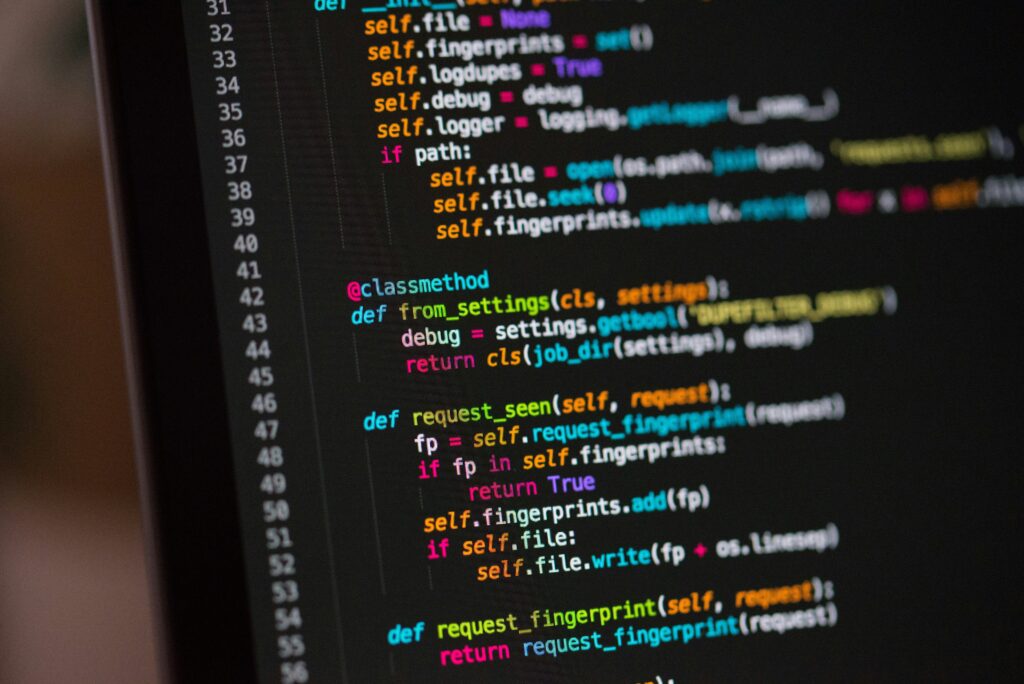
Criteria for Selecting the Easiest Programming Languages
Before we dive into the list, it’s important to understand the factors that make a programming language easy to learn. Here are the key criteria:
- Syntax Simplicity: A programming language with clear, readable syntax is easier for beginners to grasp. Think of it as learning a new spoken language—some are just naturally more intuitive.
- Learning Resources and Community Support: A strong community and a wealth of learning resources, like tutorials and documentation, can make the learning process much smoother.
- Application Versatility: A language that can be used in various domains, from web development to data analysis, is often more engaging and practical for beginners.
- Job Market Relevance: Choosing a language that’s in demand can boost your career prospects right from the start.
Top 5 Easiest Programming Languages to Learn in 2024
Let’s take a closer look at the programming languages that are ideal for beginners in 2024. These languages score high on simplicity, have robust communities, and offer plenty of opportunities in the job market.
a. Python
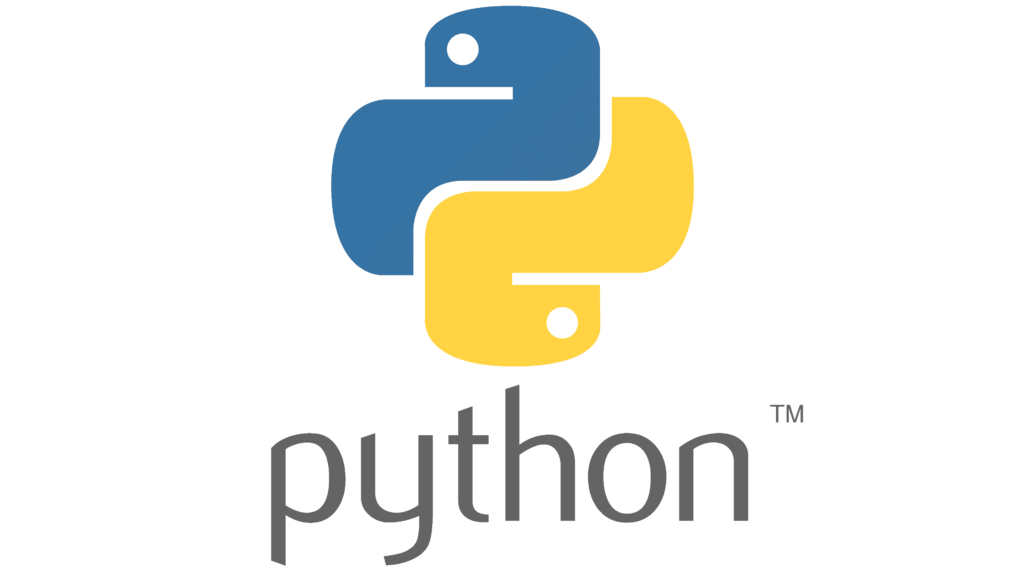
Why Python is the Easiest Programming Language to Learn
Python tops the list as the easiest programming language to learn in 2024. It’s designed with readability in mind, which means the syntax is clear and closely resembles plain English. This makes it a fantastic choice for beginners who might be intimidated by the complex syntax of other languages.
Python’s simplicity doesn’t come at the expense of power. It’s a versatile language used in a variety of fields, from web development and automation to data science and machine learning. Companies like Google, Netflix, and Instagram rely on Python, which means learning it can open doors to exciting career opportunities.
Where Python is Used
Python’s application is incredibly broad. Here are some areas where Python shines:
- Data Science: Libraries like pandas, NumPy, and Matplotlib make Python the go-to language for data analysis and visualization.
- Web Development: Frameworks like Django and Flask allow developers to build scalable and maintainable web applications.
- Machine Learning and AI: Python’s extensive libraries, including TensorFlow and PyTorch, are essential for developing machine learning models.
- Automation: Python’s simple syntax makes it ideal for automating repetitive tasks, boosting productivity.
Learning Resources for Python
Python has one of the most supportive communities, making it easy to find tutorials, forums, and courses. Websites like Codecademy, Coursera, and Udemy offer comprehensive Python courses for beginners. Additionally, the official Python documentation is a treasure trove of information.
b. JavaScript
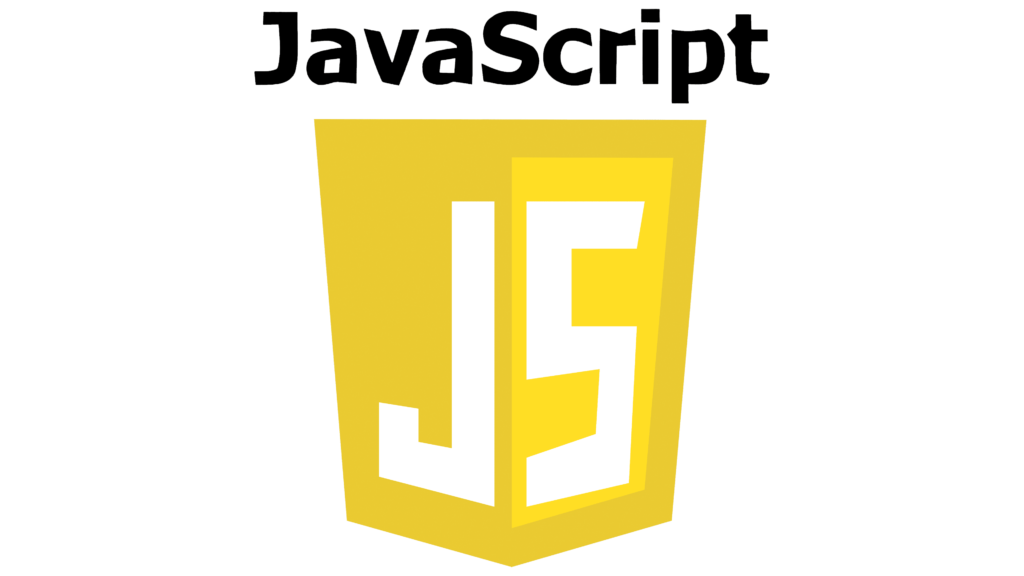
Why JavaScript is the Easiest Programming Language to Learn
JavaScript is another strong contender for the easiest programming language to learn in 2024. It’s the backbone of web development, used to create interactive and dynamic web pages. JavaScript’s syntax is straightforward, and because it’s a client-side language, you get immediate feedback by simply refreshing your browser.
JavaScript’s popularity means there’s a wealth of resources available, from tutorials to frameworks that simplify coding. It’s a language that evolves quickly, with a massive ecosystem that includes libraries like React, Angular, and Vue.js.
Where JavaScript is Used
JavaScript is primarily used in web development, both on the frontend and backend (with Node.js). Here are some key areas:
- Frontend Development: JavaScript is essential for making web pages interactive, controlling elements like buttons, forms, and animations.
- Backend Development: With Node.js, JavaScript can also be used to build server-side applications.
- Mobile App Development: Frameworks like React Native allow developers to create mobile apps using JavaScript.
Learning Resources for JavaScript
JavaScript has an extensive community, which means you’ll never be short of learning materials. Websites like freeCodeCamp, Mozilla Developer Network (MDN), and W3Schools offer excellent resources for beginners. Plus, there are countless YouTube tutorials and coding bootcamps dedicated to JavaScript.
c. HTML/CSS

Why HTML/CSS are the Easiest Programming Languages to Learn
While some might argue that HTML and CSS aren’t true programming languages, they are indispensable for anyone starting in web development. HTML (HyperText Markup Language) defines the structure of web pages, while CSS (Cascading Style Sheets) is used to style and layout the page.
The beauty of HTML and CSS lies in their simplicity. You don’t need any prior programming experience to start building web pages, and the immediate visual feedback makes learning incredibly rewarding.
Where HTML/CSS are Used
HTML and CSS are the foundational technologies of the web. Here’s where they are most commonly applied:
- Web Page Structure: HTML provides the basic elements of web pages, such as headings, paragraphs, and links.
- Styling and Layout: CSS controls the appearance of HTML elements, allowing for creative and responsive designs.
- Web Accessibility: Proper use of HTML and CSS enhances the accessibility of web content, making it usable for people with disabilities.
Learning Resources for HTML/CSS
Learning HTML and CSS is easy thanks to the vast number of resources available. Websites like freeCodeCamp and Codecademy offer interactive tutorials that guide you through building your first web pages. Additionally, MDN Web Docs is an authoritative source for HTML and CSS documentation.
d. Ruby
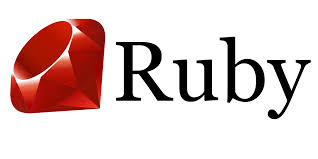
Why Ruby is the Easiest Programming Language to Learn
Ruby is known for its elegant and easy-to-read syntax, making it a favorite among beginners. The language was designed with the principle of “least astonishment,” meaning that it behaves in a way that minimizes confusion for new developers.
Ruby is particularly popular in web development, thanks to the Ruby on Rails framework, which simplifies the process of building complex web applications. Ruby’s flexibility and the supportive community make it an excellent choice for those new to coding.
Where Ruby is Used
Ruby is versatile but is especially strong in the following areas:
- Web Development: Ruby on Rails is a powerful framework for building web applications quickly and efficiently.
- Automation: Ruby’s simplicity makes it a great tool for automating tasks.
- Prototyping: Ruby is often used for building prototypes quickly, thanks to its concise syntax and extensive libraries.
Learning Resources for Ruby
Ruby has a passionate and welcoming community. Sites like RubyMonk, Codecademy, and The Odin Project offer excellent resources for learning Ruby. The official Ruby documentation is also well-written and accessible for beginners.
e. PHP
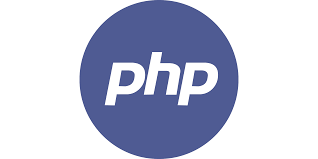
Why PHP is the Easiest Programming Language to Learn
PHP is a server-side scripting language that is widely used for web development. It’s known for its simplicity and forgiving syntax, which makes it easy for beginners to pick up. PHP is particularly popular for managing databases and server-side content.
Many of the world’s most popular websites, including WordPress, use PHP. This means that learning PHP can be a valuable skill, especially for those interested in web development.
Where PHP is Used
PHP is primarily used in backend web development. Here are some key applications:
- Dynamic Web Pages: PHP is used to create dynamic content that interacts with databases.
- Content Management Systems (CMS): Platforms like WordPress, Joomla, and Drupal are built with PHP.
- E-commerce: Many online stores use PHP for their backend, including platforms like Magento.
Learning Resources for PHP
PHP has been around for a long time, so there’s no shortage of learning resources. Websites like PHP.net, W3Schools, and TutorialsPoint offer comprehensive tutorials for beginners. There are also numerous PHP communities where you can get help and advice.
Honorable Mentions
While the languages above are the top contenders for beginners and easiest programming language to learn, there are a few others worth mentioning:
- SQL: Essential for anyone interested in data management, SQL (Structured Query Language) is the standard for querying databases.
- Java: Though more complex, Java is a solid choice for those interested in object-oriented programming and building large-scale applications.
- Go: Developed by Google, Go (or Golang) is known for its efficiency and simplicity, making it a great choice for backend development.
How to Choose the Right Language for You
Choosing the right programming language depends on your goals. Here are some tips to help you decide:
- Consider Your Goals: What do you want to achieve with coding? If you’re interested in web development, start with JavaScript, HTML, and CSS. For data science, Python is a great choice.
- Think About Career Prospects: Learning a language that is in demand can boost your job prospects. Python and JavaScript are both highly sought after in the job market.
- Experiment: Don’t be afraid to try out different languages. Many platforms offer free courses or trials, so you can explore and find the language that best suits your needs.
Frequently Asked Questions
FAQ 1: What are the best resources for beginners to start learning Python?
Answer:
Python is well-supported by numerous educational platforms and communities. Some of the best resources for beginners include:
- Codecademy: Offers an interactive “Python 3” course that’s perfect for beginners.
- Coursera: Provides courses like “Python for Everybody” by the University of Michigan, which is great for beginners.
- Udemy: There are comprehensive courses such as “Complete Python Bootcamp” that cater to all levels.
- Python.org: The official Python documentation offers a wealth of information, including a beginner’s guide.
Additionally, communities like Reddit’s r/learnpython and Stack Overflow are valuable for getting help and advice from other learners and professionals.
FAQ 2: Can you provide a comparison between Python and JavaScript for someone interested in web development?
Answer:
- Ease of Learning: Python is generally considered easier to learn due to its simple and readable syntax. JavaScript has a steeper learning curve, especially with its asynchronous programming model.
- Backend vs. Frontend: Python is mainly used for backend development with frameworks like Django and Flask. JavaScript, on the other hand, is essential for frontend development and can also be used for backend with Node.js.
- Versatility: Python is more versatile, being used in data science, AI, automation, and web development. JavaScript is primarily focused on web development.
- Performance: JavaScript is often faster in web applications due to its non-blocking I/O operations, whereas Python can be slower in web contexts.
Choosing between the two depends on your specific goals. For general-purpose programming, Python might be the better choice. For a career in web development, JavaScript is indispensable. Python and Javascript are considered as easiest programming language to learn.
FAQ 3: How does Ruby on Rails compare to other web development frameworks like Django or Express.js?
Answer:
- Ruby on Rails: Known for its “convention over configuration” philosophy, Ruby on Rails is highly productive for developers, allowing for rapid development with less boilerplate code. It’s great for startups and projects that need to scale quickly.
- Django (Python): Django follows a “batteries-included” approach, providing everything you need to build a web application out of the box. It’s excellent for projects that require high security, like fintech applications.
- Express.js (JavaScript/Node.js): Express is minimal and flexible, providing the core features of web development without imposing many constraints. It’s ideal for those who want more control over their application’s architecture.
Each framework has its strengths, and the choice largely depends on the specific needs of the project and the language you prefer to work with.
FAQ 4: Is learning HTML and CSS necessary before diving into JavaScript?
Answer:
Yes, learning HTML and CSS before JavaScript is highly recommended. HTML and CSS provide the foundational structure and styling for web pages, which JavaScript then makes interactive. Without a solid understanding of HTML and CSS, it would be challenging to effectively use JavaScript in web development.
FAQ 5: How does the job market look for PHP developers in 2024?
Answer:
Despite being considered an older technology, PHP remains highly relevant in 2024, especially in web development. It powers over 75% of the web, including popular platforms like WordPress. There’s still a strong demand for PHP developers, particularly in maintaining and building upon existing projects. Many small to medium-sized businesses also prefer PHP due to its cost-effectiveness and ease of use.
FAQ 6: What are some real-world applications or projects that beginners can start with using these languages?
Answer:
- Python: Start with projects like a personal budget calculator, a simple web scraper, or a to-do list app.
- JavaScript: Build an interactive quiz, a dynamic to-do list, or a responsive portfolio website.
- HTML/CSS: Create a personal website, a landing page for a product, or a blog template.
- Ruby: Try building a basic blog application using Ruby on Rails or a simple command-line tool.
- PHP: Start with a contact form that sends emails, a simple content management system, or an online store with basic functionality.
These projects will give you hands-on experience and help solidify your understanding of the languages.
FAQ 7: How long does it typically take to become proficient in Python or JavaScript?
Answer:
The time it takes to become proficient in Python or JavaScript varies based on several factors, including prior experience, learning methods, and the time dedicated to practice. On average:
- Python: With consistent practice, you can become proficient in Python in about 3-6 months.
- JavaScript: JavaScript might take 6-12 months to master, especially because of its complexity and the need to understand both frontend and backend development if using Node.js.
Real-world practice through projects will significantly enhance your proficiency.
FAQ 8: Can you suggest any good online communities or forums for beginners to ask questions and get help?
Answer:
Absolutely! Here are some great online communities:
- Stack Overflow: A go-to forum for any coding questions, with a large community of developers ready to help.
- Reddit: Subreddits like r/learnprogramming and r/learnpython are great places to ask questions and engage with other learners.
- GitHub Discussions: Many open-source projects have active discussion forums where you can learn from experienced developers.
- Discord Servers: Channels like “The Coding Den” offer real-time help and advice for developers at all levels.
These communities are welcoming to beginners and provide valuable support.
FAQ 9: What are the key differences between SQL and NoSQL databases, and which one should I learn first?
Answer:
- SQL Databases: Relational databases like MySQL and PostgreSQL use structured query language (SQL) and are best for applications requiring complex queries and transactions. They are well-suited for structured data and support ACID properties (Atomicity, Consistency, Isolation, Durability).
- NoSQL Databases: These databases, like MongoDB and Cassandra, are more flexible and can handle unstructured data. They are ideal for large-scale applications that require high availability and scalability, but they may sacrifice some ACID properties.
Which to Learn First: If you’re just starting, learning SQL first is generally recommended, as it provides a strong foundation for understanding databases. Once you’re comfortable, you can explore NoSQL databases depending on your project’s needs.
FAQ 10: How does the learning curve of Go compare to Python for backend development?
Answer:
Go (Golang) has a steeper learning curve compared to Python, primarily due to its lower-level nature and the need to manage more aspects of the programming process, like concurrency. However, Go is known for its simplicity and efficiency, especially in backend development, where performance is crucial. Python is easier to learn due to its readable syntax and extensive libraries, but it might not be as performant as Go for highly concurrent applications.
For beginners, Python is generally the better starting point, but Go can be a valuable language to learn for those looking to build high-performance backend systems.
FAQ 11: Are there any other up-and-coming programming languages that might be easier to learn and have good future prospects?
Answer:
Yes, some newer languages are gaining popularity and are relatively easy to learn:
- Rust: Known for its safety and performance, Rust is becoming popular in systems programming. It’s more complex than some beginner languages but highly valued in performance-critical applications.
- TypeScript: A superset of JavaScript, TypeScript adds static typing, making it easier to manage large codebases. It’s a great choice if you’re already familiar with JavaScript.
- Kotlin: A modern language for Android development, Kotlin is concise and easy to learn, especially for those with some Java experience.
These languages are worth considering if you’re looking to diversify your skill set with modern tools.
FAQ 12: What are the best practices for transitioning from beginner-level coding to more advanced projects?
Answer:
Transitioning from beginner to more advanced coding involves several key practices:
- Build Complex Projects: Start working on more complex projects that challenge your understanding and push you to learn new concepts.
- Contribute to Open Source: Engage with the open-source community by contributing to projects. This will expose you to real-world coding practices and code reviews.
- Learn Data Structures and Algorithms: Understanding these fundamentals is crucial for solving more complex problems efficiently.
- Participate in Coding Challenges: Websites like LeetCode, HackerRank, and Codewars offer coding challenges that help you improve your problem-solving skills.
- Keep Learning: Technology evolves quickly, so continuously learning new frameworks, tools, and best practices is essential to staying current.
By following these practices, you can steadily progress from a beginner to an advanced coder, ready to tackle more significant challenges.
Conclusion
Coding in 2024 is not just about choosing the easiest programming language to learn but also finding the language that aligns with your goals and interests. Whether you choose Python for its simplicity and versatility, JavaScript for its crucial role in web development, or Ruby for its elegant syntax, the key is to start coding and keep learning.
Remember, the best time to start is now, and with the abundance of resources available, there’s never been a better time to embark on your coding journey. Good luck!
Also Read : Arrow Reversible Programming Language: Empowering Developers in 2024
Merely wanna remark on few general things, The website design and style is perfect, the subject matter is real wonderful. “To imagine is everything, to know is nothing at all.” by Anatole France.
Thanks for the informative post! Loved how you broke down the easiest languages for newbies. I’m curious though, when you mention Python’s versatility, how does it compare to JavaScript in terms of job opportunities and practical uses? I’ve been poking around online, and I came across this JavaScript blog (https://sebbie.pl/tag/javascript/) that talks about similar topics. Do you think diving into its resources could aid in choosing between the two? Genuinely looking forward to your thoughts!
Great article! You’ve covered the key points for why languages like Python and JavaScript are beginner-friendly choices in 2024. I totally agree that readability and community support make a huge difference for learners.
I’m curious about how JavaScript stands out given that it’s not just for websites anymore. With its broad application, especially in frameworks like React, it seems like a valuable skill. I recently came across some similar insights on https://sebbie.pl/tag/javascript/ which highlighted JavaScript’s growing role in full-stack development.
Thanks for shedding light on this topic. It’s helpful for those trying to figure out their coding path!
Great article! It’s been super helpful to see the criteria laid out for selecting an easy programming language to learn. Love how Python made the top of the list—it’s so beginner-friendly and powerful. I’m curious, do you think that Python’s versatility makes it more beneficial for beginners compared to languages like HTML/CSS, which seem focused more towards web development?
I also stumbled upon this blog that covers a lot about Python and AI, which seems to mesh well with the topics you’ve explored here: https://sebbie.pl/tag/python/. There might be some cool stuff there for folks diving into Python, especially in the realms of programming and automation. Cheers!
Great article! I really enjoyed how you broke down each language and explained their strengths for beginners. JavaScript is a great choice for those looking into web development, and it’s interesting to see how it stacks up against Python and others. If anyone’s curious about diving deeper into JavaScript, I’ve found some useful resources which complement this guide well. Thanks for the helpful insights, and looking forward to more articles like this!
Great insights on easy programming languages to start with in 2024! It’s reassuring to see JavaScript on the list, given its versatility in web development. One interesting thing I found was the mention of community support as a key factor for beginners. If anyone wants to dive deeper into JavaScript specifically, there’s a similar discussion with useful tips and resources on Sebbie’s blog https://sebbie.pl/tag/javascript/. The abundance of resources can really help ease the learning curve, especially for those just starting out.
Great post! I appreciate how you’ve broken down the criteria for what makes a programming language easy to learn. I’m quite interested in JavaScript due to its versatility in web development. Your mention of it being beginner-friendly caught my attention. I’ve been exploring more about it recently, and I found some insightful articles about JavaScript on another site. It provides a nice addition to what you’ve shared here, especially for those keen on diving into web projects.